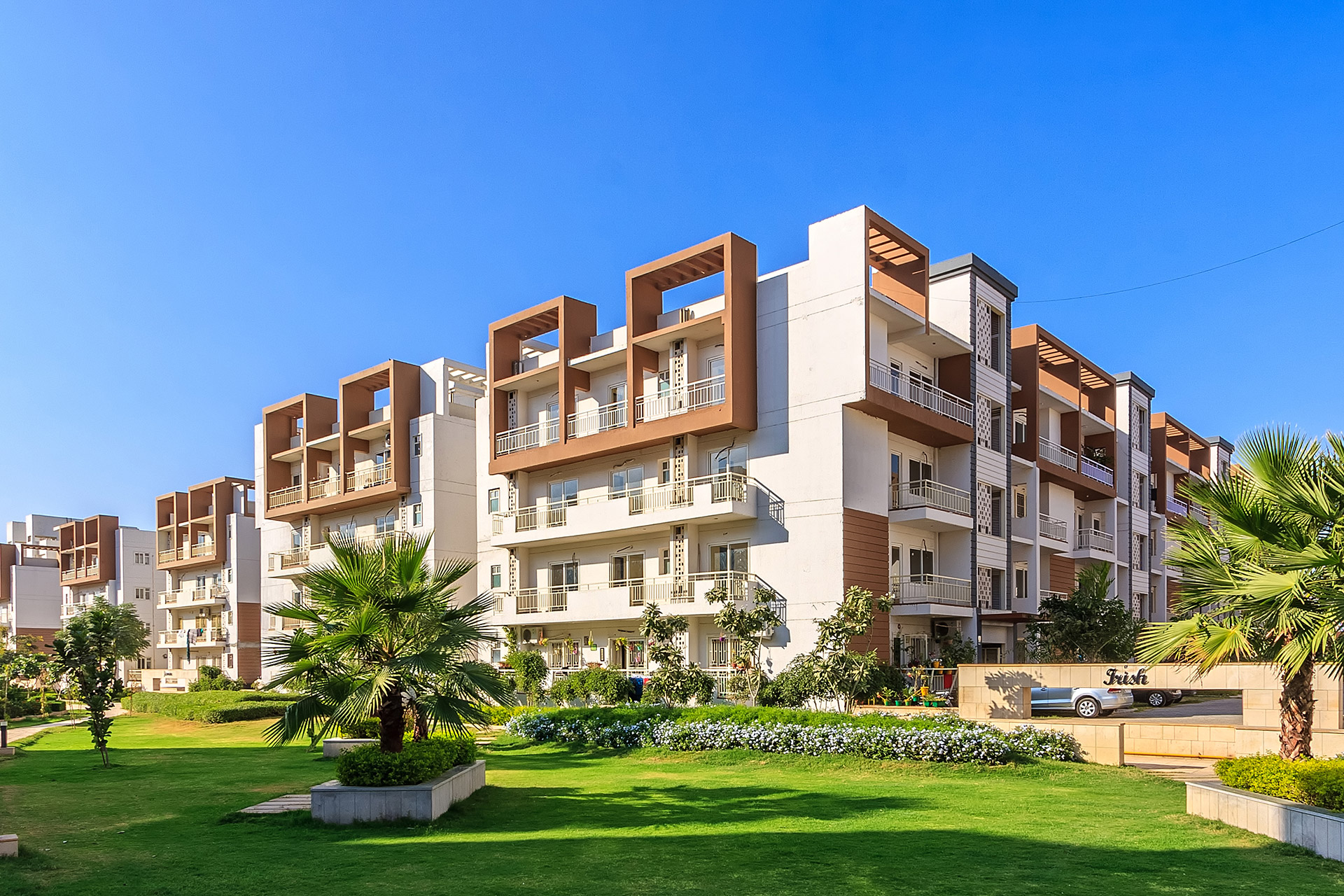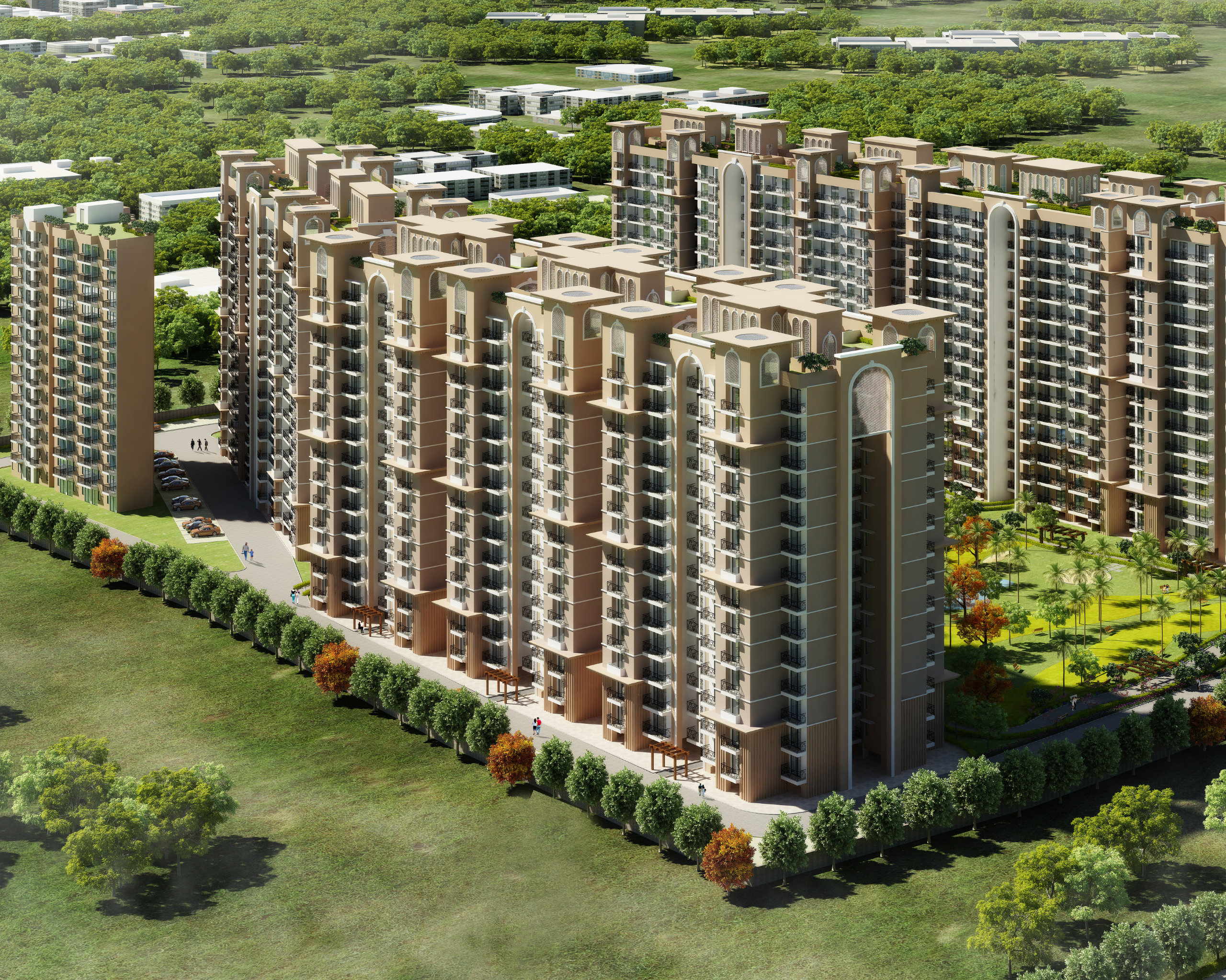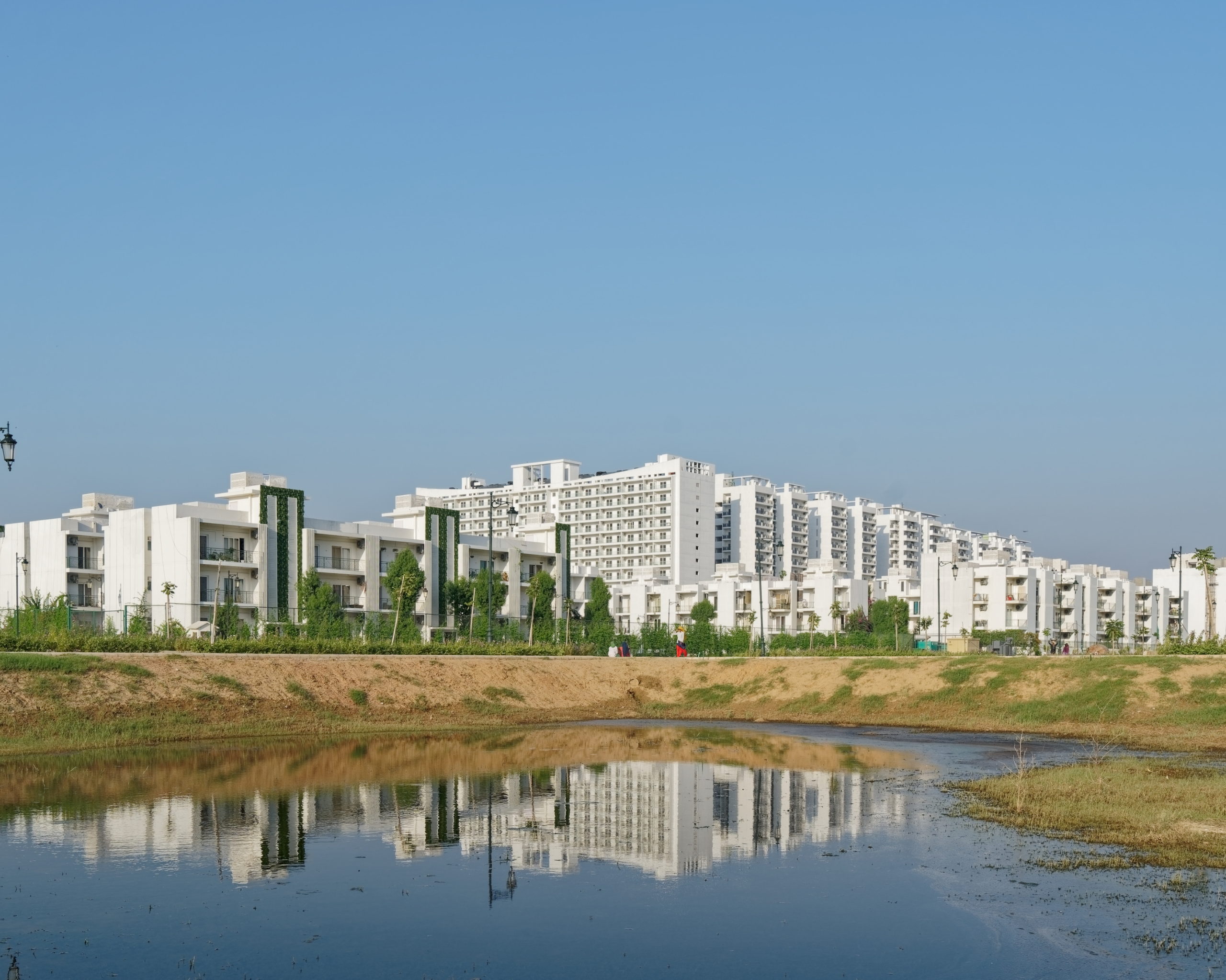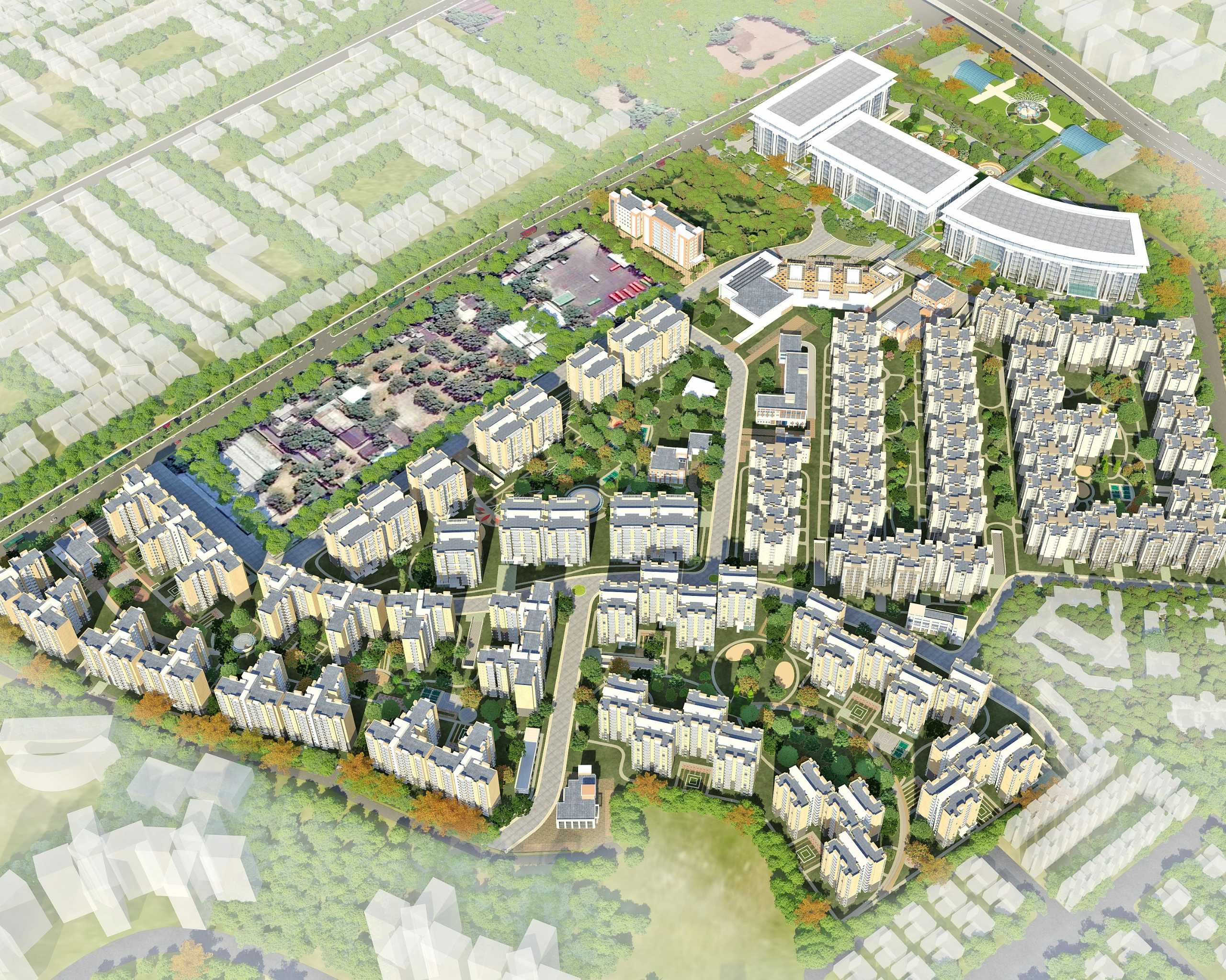Sustainable Development in Architecture

The unprecedented impact of the Covid-19 pandemic has necessitated the need to rethink architecture and design in light of upcoming challenges and adopt an environment-conscious lifestyle by creating resilient and meaningful designs for the future. Focusing on sustainable urban development is not a choice anymore but a conscious step to ensure a livable environment for us and our future generations. The road to improved livability requires us to imbibe sustainable practices in architecture and design spaces that promote a low-carbon future. The key objective is also to develop innovative design solutions for rapidly changing urban environments.
Sustainable Design Practices
The move towards sustainable architecture requires us to focus on developing models with respect to the environment, emphasising a holistic approach to planning and building sustainable urban communities. The blueprint of future spaces needs to incorporate climate-responsive strategies that improve the indoor air quality and microclimate by introducing greens within the building, using renewable energy resources and local materials for construction. Incorporating energy-efficient design strategies into structures will help create a healthy and comfortable environment. At the same time, the use of natural elements and technologies will conserve our natural resources and increase the occupants’ comfort. Such strategies drive the rules of environmental sustainability by catering to operational costs of the building and reducing waste and pollutants inside the space.
The need for environmentally conscious designs that minimise the negative impact of buildings has also emphasised the choice of the materials and technologies used for construction. Innovative materials are being developed at a breakneck speed, leading to a shift in design practices. One of the less polluting construction technologies is the AAC blocks, a sustainable alternative to traditional brick construction that can help reduce the environmental impact. Numerous building materials such as Building-integrated photovoltaics (BIPVs) also help promote alternative energy generation, which is utilised for lighting back-up and landscape street lighting. Besides this, internal finishes composed of low volatile materials and heat-reflecting paint on the exteriors can further cut down on the heat gain.
Development for the Future
The past year has reinforced our connection with our living spaces, giving a lot of importance to sizable balconies and open areas within the residential towers. This need will now become an utmost priority to ensure the occupants’ physical and mental well-being while offering various community benefits and enhancing the vertical living experience for the residents. Sustainability concerns are also taking a front seat in the design of large-scale developments. Exploring the open-to-sky High-street ‘haat’ model for commercial spaces, with its multiple galleries, piazzas, and landscaped courtyards, can help reinforce the users’ connection with nature. We have successfully implemented this approach in one of our projects – the ‘Sapphire 83’ in Gurugram. For large scale corporate and commercial spaces, incorporating passive design features can help minimise heat gain inside the building and the running cost of the project.
One of the biggest questions raised in the construction industry is how rapid urbanisation is shaping the face of mass housing in India. This also brings to light the importance and validity of sustainable solutions and the need for architects and planners to integrate them within development policies. It is crucial that developers and architects consider sustainability from the conceptual stage and even redesign their policies to accommodate sustainability concerns. In our project, Aananda Mangalam in Jaipur, the residential units have been designed to maximise cross ventilation and intake of natural light in all rooms, thereby minimising dependency on HVAC and electricity. The blocks are low-rise, thus minimising structural cost and creating a sustainable and cost-effective housing solution.
Today, the true luxury that we seek is through the spaces we occupy. Hence, it is necessary to create environmentally conscious designs that minimise the negative impact of buildings and enhance their energy efficiency. As architects and designers, we have to account for the future of livability, and all aspects of sustainability should be imbibed within the design philosophy.




